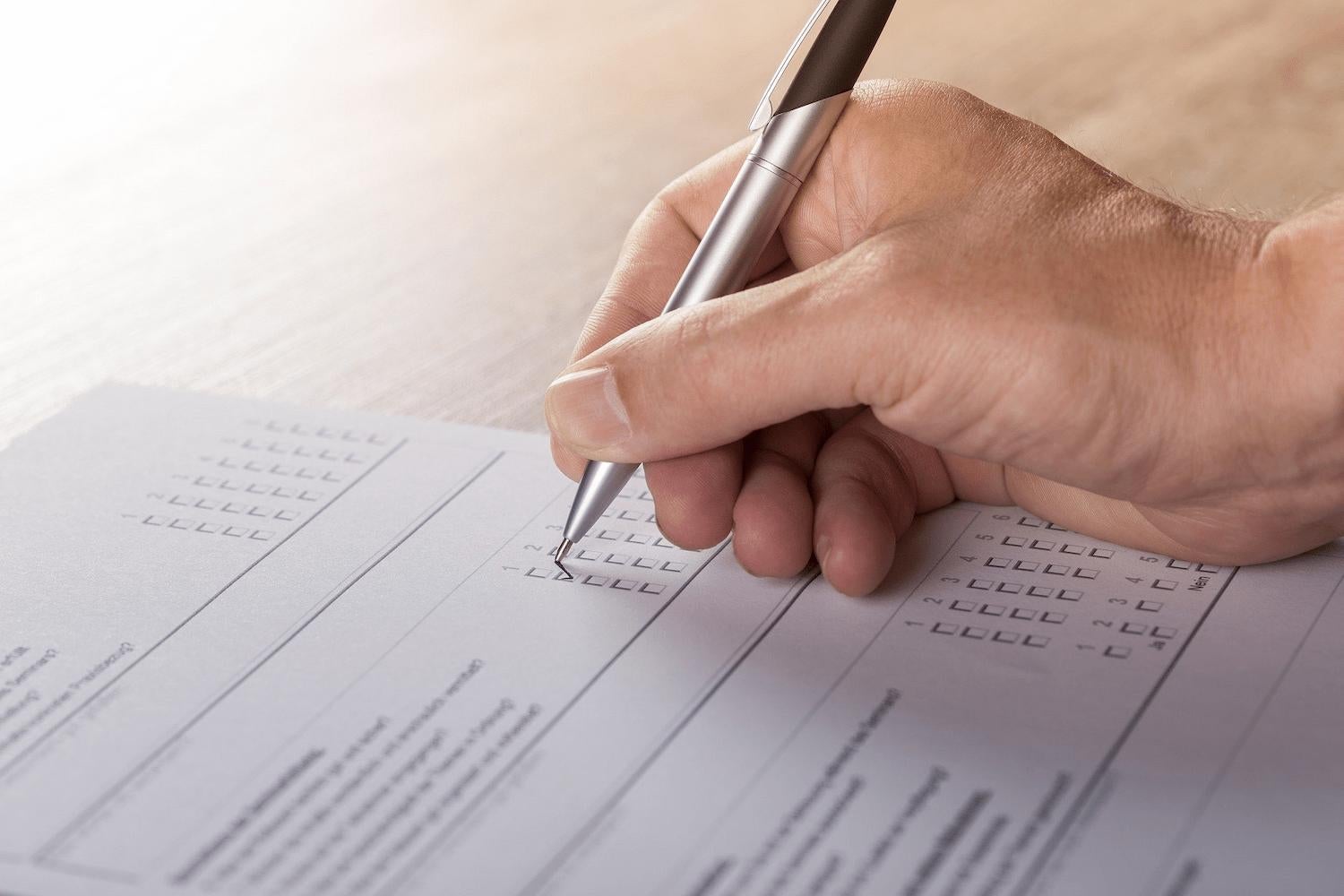The purpose of your company’s eCommerce strategy is to increase the conversion rate and get more clients to purchase your products or use your services.
Even if your company excels at attracting potential customers to your site with top-tier marketing and advertising, the effort is wasted when it doesn’t translate into sales.
Unfortunately, as you probably know, making a sale is a hell of a challenge, as customers rarely come to your website and instantly make a purchase and proceed to pay. Typically, there are five stages between visiting your website and checking out and paying. These five stages are known as a conversion funnel.
In this article, I will tell you how to analyse conversion funnels to identify possible problems and improve your eCommerce strategy.
What Is Funnel Analysis?
Funnel analysis is the process of analysing the flow of website visitors to set specific funnel steps that result in conversions. You can use funnel analysis to trace your customers' journey through your website, optimise it and examine how many visitors stay and leave in each stage of the funnel.
A website funnel works exactly like a physical funnel; it narrows toward the end. Naturally, there are more visitors at the top and the number decreases towards the bottom.
By analysing the conversion funnel and the five stages of purchasing you can find out what encourages and stops the visitors from moving from one stage to another. You can find out what causes cart abandonment. This knowledge is crucial to increasing your eCommerce conversions.
Benefits of Funnel Analysis
There’s no doubt that incorporating funnel analysis into your strategy can be very beneficial. Let’s discuss the most important advantages of using this method.
Find the high-exit pages
By using sales funnel visualization tools, you can identify the drop-off rate and conversion rate of your website and find out when and where exactly your visitors and potential customers leave your page.
Identifying the points where the users drop off can help you focus on your biggest opportunities and minimise possible problems on your website. Having that knowledge will make it easier to patch up holes, improve your strategy, and consequently, increase conversions.
Determine where high-quality visitors come from
You can use funnels not only to find issues on your website that need fixing; they can also help you identify successful activities and high-converting points.
With a little help from advanced funnel visualization tools like Google Analytics you can easily examine goals you are interested in, such as cart completion or newsletter signups, and filter them by the source to identify where the traffic comes from.
Understanding the visitors who convert is a key to successful conversion rate optimization and can help you focus on channels that bring the biggest profit and capitalize on that.
Help team members and stakeholders make decisions
Conversion funnels clearly show where your online business is succeeding and struggling. You can easily use the obtained data to share and discuss the results of your strategy, such as conversion rates.
A funnel report can be used to clearly visualize the situation your company is in, so you can use them in presentations to stakeholders, as well as other team members. As an easy visual aid, it can help you back up your point with some solid arguments and visual representation of the ups and downs of your page.

What's Important For Your E-commerce Funnel Analysis?
As I mentioned before, it's absolutely crucial to understand user behaviour in the five stages of conversion. Now let me explain what you should pay attention to in the process of e-commerce funnel analysis.
Micro and macro conversion funnel analysis
If you want to take all the possible advantages and introduce as many improvements as possible, I strongly advise you to analyze both macro and micro conversion funnel analysis. At first, it's always a good idea to calculate the overall conversion rate (total purchases divided by total traffic to your site).
Next, you can proceed to calculate the conversion rate as the customer moves from one step of the funnel to another. Each stage can give you valuable insights into your customers' behaviour.
Analysis based on specific indicators
Moreover, it's advisable to divide your analytics into different groups and analyse them accordingly. Breaking your analytics can help you notice patterns and trends in your customers' behaviour. You can distinguish your analytics:
- By device: if you want to uncover opportunities to optimize your conversions, compare conversions from mobile devices versus desktop
- By audience: if you want to understand why some customers don't convert, try to compare new and returning visitors' activities
- By marketing channel: if you want to determine which channels are bringing higher conversion rates, try to analyze how users came to your site.
How to Run Advanced Funnel Analytics
Conversion funnels can work wonders when it comes to understanding and predicting user behaviour on your website, but you can improve your analysis by combining them with other efficient tools.
After identifying problematic issues on your page and studying your visitors' flow, you can take a more in-depth look at what users are interacting with right before they drop off by using heat maps and session recordings.
With a little help from heat maps, you can identify and record user clicks, mouse movements and scrolls. Thanks to that you can see which elements of your website were clicked or ignored. You can also check how far down the user scrolled. With heat maps, you can easily identify problematic issues on your website.
If you want to add some details to the insights you receive from heat maps, you can also try session recordings, which are renderings of individual user sessions on your website.
The data obtained from heat maps and session recordings can help you create a few ideas for user experience improvements. You can try out new design changes and test them, but you may also need to gather feedback from the users.
Data from on-page surveys and feedback is an important part of funnel analysis. You don't need to make assumptions and guess what needs to be changed, you can simply ask your users.
An Ongoing Conversion Funnel Optimization Process
If you want your company to improve sales and drive more interest, you should definitely incorporate conversion funnel analysis into your strategy. Analysing the flow of website visitors and their behaviours can give you an upper hand and provide you with invaluable insights.
If you want to maximise the advantages of conversion funnel analysis, I would strongly advise you to conduct it regularly.




